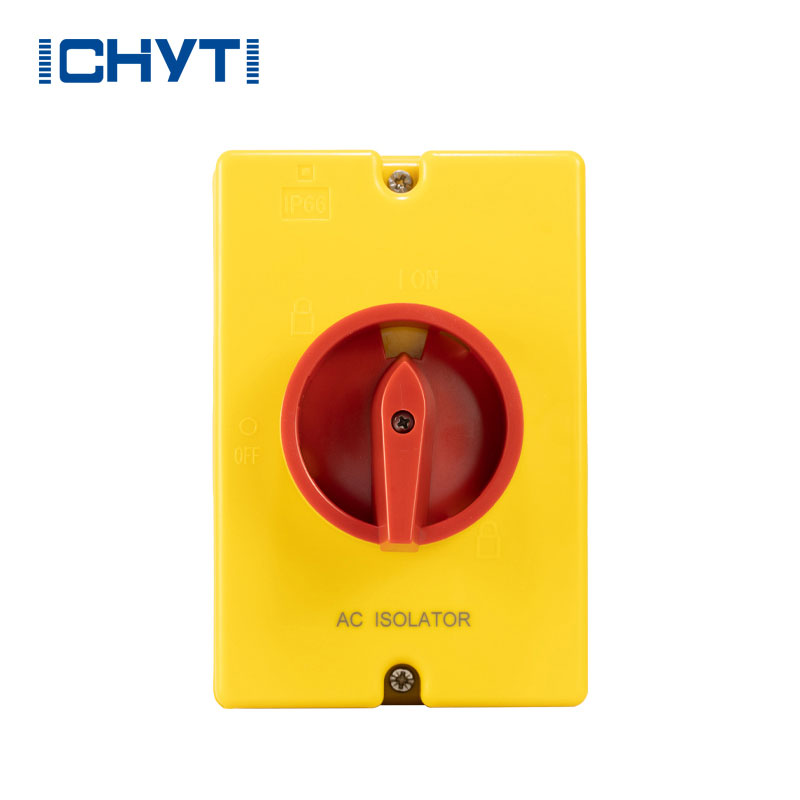Uses of isolator switches
2023-10-16
An isolator switch, also known as an electrical disconnect switch or simply an isolator, is an electrical switch that is used to disconnect an electrical circuit from its power source. Isolator switches play a critical role in electrical safety by providing a means to isolate electrical equipment, circuits, or machinery from the power supply for maintenance, repair, or safety purposes. Here are some key characteristics and uses of isolator switches:
1. Purpose: The primary purpose of an isolator switch is to ensure the safety of personnel working on or near electrical equipment. It allows them to disconnect the power supply to the equipment, making it safe to work on without the risk of electrical shock or accidental activation.
2. Construction: Isolator switches are typically robust and durable, designed to handle high currents and voltages. They come in various sizes and configurations, from small switches for residential use to large industrial-grade switches.
3. Operation: Isolator switches have a manual operating mechanism, which means they are operated by a person. The switch can be turned on (closed) to connect the circuit to the power supply or turned off (open) to disconnect the circuit from the power supply. In the open position, the switch creates a physical air gap, ensuring electrical isolation.
4. Lockout/Tagout: In industrial settings, isolator switches are often part of a lockout/tagout (LOTO) procedure. LOTO procedures involve locking the isolator switch in the off position and tagging it with a warning tag to prevent unauthorized operation during maintenance or repair work.
5. Visual Indication: Many isolator switches have visible indicators, such as colored handles or indicators on the switch itself, to show whether the switch is in the on or off position. This helps operators quickly identify the status of the circuit.
6. Types of Isolator Switches: There are different types of isolator switches, including rotary isolators, knife switches, and load break switches, each with specific applications and features. For example, load break switches are designed to handle load currents and are often used in power distribution systems.
7. Compliance: Isolator switches must comply with safety standards and regulations specific to their application and location. These standards ensure that the switches are designed and installed to meet safety requirements.
8. Isolation vs. Circuit Breakers: Isolator switches are different from circuit breakers. While both can disconnect electrical circuits, circuit breakers are designed to open automatically in response to overcurrent or short circuit conditions, whereas isolator switches are manually operated and primarily used for isolation during maintenance or servicing.
Isolator switches are crucial for electrical safety procedures in a wide range of settings, including residential, commercial, and industrial applications. Proper training and adherence to safety protocols are essential when working with isolator switches to prevent electrical accidents and injuries.



